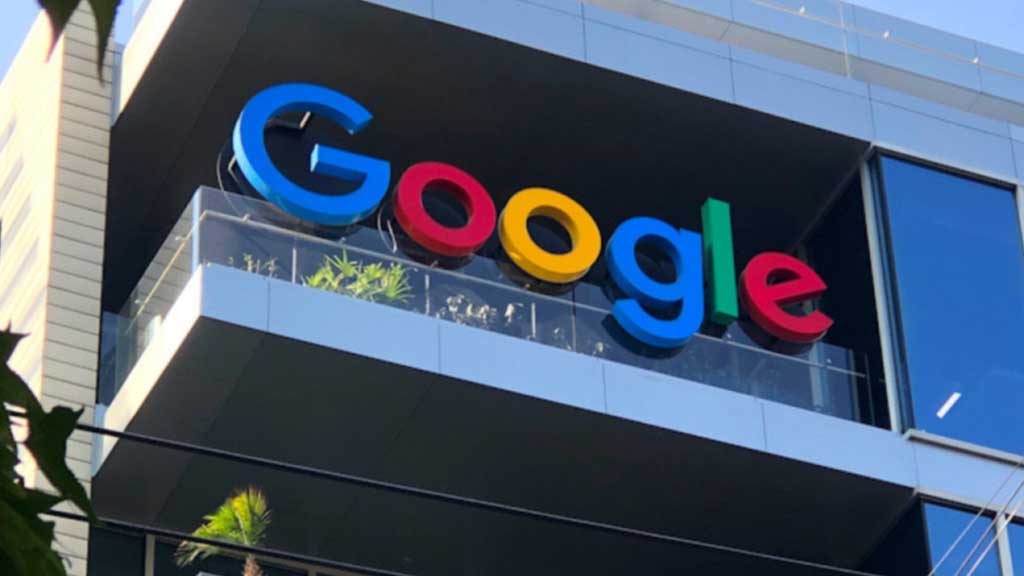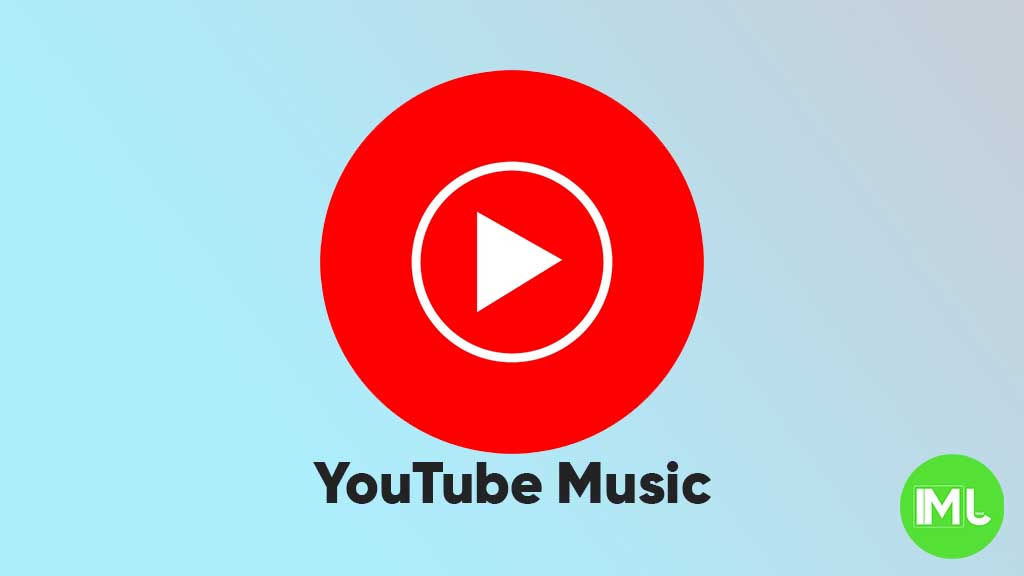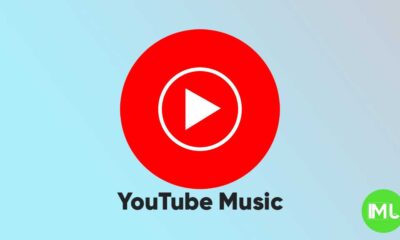Why Google is struggling in the AI race: insights from Gmail’s creator

Top 3 Key Points:
- Shift in Focus: Google’s shift towards search dominance may have hindered its AI progress.
- AI’s Disruptive Nature: AI technology could disrupt Google’s ad revenue model.
- Strategic Challenges: Google’s divided focus on AI and search is slowing its AI advancements.
Google, one of the world’s largest tech giants, should ideally be leading the charge in artificial intelligence (AI). However, despite its vast resources and expertise, the company seems to be falling behind in the AI race. Paul Buchheit, the creator of Gmail, recently shared his thoughts on why Google is struggling to maintain its edge in AI development.
Gmail’s Legacy and Google’s AI Journey
Gmail, which turned 20 this year, revolutionized email with innovative features that have since attracted over 1.8 billion users worldwide. Despite this success, Buchheit points out that Google’s trajectory in AI has not been as smooth.
Google’s AI Challenges
During a recent episode of the Y Combinator Startup podcast, Buchheit discussed why Google is struggling with its AI initiatives. Despite developing impressive AI products, Google has faced numerous challenges, including controversies surrounding its AI-generated content. For instance, its Gemini AI system still struggles with generating realistic images of people, and earlier AI issues like the “glue on pizza” incident have damaged the company’s reputation.
The Impact of Alphabet’s Reorganization
Buchheit highlighted that Google’s decline in AI innovation began nearly a decade ago, coinciding with its reorganization under Alphabet in 2015. This restructuring led Google to focus more on maintaining its dominance in the search market, where it continues to hold a monopoly.
The Disruptive Potential of AI
Google’s emphasis on search, which has been incredibly profitable, has come at the cost of its AI development. Buchheit explains that AI has the potential to disrupt traditional search engines, as AI-generated answers reduce the need for users to visit ad-supported web pages. This creates a dilemma for Google: advancing AI could undermine its primary revenue source.
Conclusion: A Divided Focus
Ultimately, Buchheit believes that Google’s divided focus between AI and search is preventing it from becoming the top AI company. As AI continues to evolve, Google’s ability to balance these competing priorities will determine its future success in the AI landscape.
Track Santa in real-time with Google’s Santa Tracker

As the holiday season reaches its peak, Google’s Santa Tracker has made its annual return to delight children and adults alike. Celebrating its 20th anniversary this year, the beloved tradition brings festive cheer and a touch of magic as it follows Santa Claus on his whirlwind journey around the globe. With a countdown tailored to your time zone, this interactive platform promises to keep you entertained and informed as Christmas Eve unfolds.
A Tradition That Began in 2004
Google’s Santa Tracker launched in 2004 as a simple way to follow St. Nick’s sleigh on Christmas Eve. Over the years, it has evolved into a feature-rich experience, combining entertainment with an educational twist. The tracker now offers a range of activities, including holiday-themed games, engaging videos, and fascinating facts about Santa’s destinations.
This year, the tracker once again opens a virtual window into Santa’s journey. As of this writing, Santa is approaching Georgia, having already delivered an astounding 3.5 billion gifts. The real-time updates allow users to track his progress across continents, adding an exciting layer to the holiday tradition.
Interactive Features to Explore
The Santa Tracker is more than just a tool for watching Santa’s sleigh; it’s an immersive experience designed for fun and learning. Here are some highlights:
- Arrival Countdown: A personalized timer shows exactly when Santa will arrive in your region, creating anticipation for Christmas morning.
- Live Feed: Watch delightful animations and stills of Santa, Mrs. Claus, the elves, and the reindeer. These whimsical scenes showcase their festive preparations and playful antics, from wrapping gifts to dancing in the snow.
- Games and Activities: The platform features a variety of interactive games that blend holiday fun with educational elements, making it an ideal pastime for kids.
- Destination Insights: Discover intriguing facts about the cities and countries Santa visits, fostering a global perspective and cultural appreciation.
Fun for All Ages
While Google’s Santa Tracker is primarily designed for children, it has something for everyone. Families can use it to build excitement for Christmas morning, while holiday enthusiasts of all ages can enjoy its charming visuals and interactive elements. Whether you’re curious about Santa’s next stop or simply want to dive into the festive spirit, the tracker offers a unique way to celebrate.
How to Join the Fun
The Santa Tracker is live now and free to access at santatracker.google.com. Visit the website to begin your journey with Santa and his team. The platform is accessible on a wide range of devices, ensuring that everyone can participate in the holiday magic.
As you immerse yourself in the world of the Santa Tracker, don’t forget to explore other year-end highlights. From reflections on the year’s best tech to festive playlists and recipes, there’s no shortage of ways to make this holiday season memorable.
So, gather your loved ones, cozy up by the fireplace, and let Google’s Santa Tracker bring a little extra joy to your Christmas countdown. After all, there’s nothing quite like the wonder of tracking Santa as he spreads happiness worldwide.
The Shifting Sands of Search: Scrutiny on Google’s practices in Japan

The digital landscape is constantly evolving, and with it, the scrutiny placed upon its dominant players. Recently, whispers have been circulating about potential antitrust concerns surrounding Google’s search practices in Japan. While official announcements are pending, the murmurings suggest a deeper examination of how search engines, particularly Google, interact with device manufacturers and shape user experiences. This exploration delves into the potential issues at play and considers the broader implications for the future of search.
For years, the pre-installation of certain apps on new devices has been a standard practice. This often includes search engines, browsers, and other commonly used tools. While this offers convenience to users, it also raises questions about fair competition.
If a search engine is pre-installed and prominently placed, does it create an unfair advantage, potentially hindering the visibility and usage of competing search platforms? This is the core of the discussion surrounding Google in Japan.
The potential investigation by the Japan Fair Trade Commission (JFTC) reportedly focuses on the agreements between Google and Android device manufacturers. It’s suggested that these agreements might include requirements for pre-installing Google Search and placing it in a prominent position on the device’s home screen. Such an arrangement could significantly influence user behavior, as the readily available search bar becomes the default entry point for online queries.
The Android ecosystem, with its open-source nature, has fostered innovation and diversity in the mobile market. However, the reliance on Google Mobile Services (GMS), which includes the Google Play Store, creates a complex dynamic. Device manufacturers often seek GMS certification to provide access to the Play Store, a crucial distribution channel for apps. This certification process may involve agreements regarding the pre-installation of Google apps, including Search.
The concern is that these agreements could stifle competition. If manufacturers are incentivized or required to prioritize Google Search, it becomes more challenging for other search engines to gain traction. This could limit user choice and potentially hinder innovation in the search space. The JFTC’s reported investigation is likely exploring whether these practices constitute an abuse of dominance, creating an uneven playing field for competitors.
Furthermore, reports suggest that financial incentives might be part of these agreements. It’s alleged that Google may offer revenue sharing to manufacturers who exclusively pre-install Google Search. This practice could further discourage manufacturers from exploring alternative search options, reinforcing Google’s market dominance.
The implications of this potential investigation extend beyond Japan. It reflects a growing global concern about the power of large tech companies and the need for regulatory oversight to ensure fair competition. Similar investigations and legal challenges have emerged in other regions, highlighting the increasing scrutiny on the practices of dominant players in the digital economy.
The dominance of Google Search in Japan, as in many other countries, is undeniable. Market share statistics consistently show Google holding a significant lead over its competitors. While this dominance is partly attributed to the quality and effectiveness of Google’s search technology, the potential influence of pre-installation agreements and other business practices cannot be ignored.
The outcome of the JFTC’s reported investigation could have significant consequences. If the commission finds anti-competitive practices, it could issue orders requiring Google to modify its agreements with device manufacturers. This could lead to greater choice for consumers and a more competitive search landscape. It could also set a precedent for other regulatory bodies around the world, influencing how they approach similar issues.
In conclusion, the potential scrutiny on Google’s search practices in Japan raises important questions about competition, user choice, and the role of regulatory oversight in the digital age. While official announcements are awaited, the ongoing discussion underscores the need for a balanced approach that fosters innovation while ensuring a level playing field for all players in the search market.
The evolving digital landscape demands constant vigilance and adaptation to ensure a fair and dynamic online environment. This situation in Japan serves as a crucial case study in the ongoing debate about the balance between market dominance and fair competition in the digital realm.
A Year of Tunes: Reflecting on YouTube Music’s 2024 updates

As the year draws to a close, it’s a natural time to reflect. For music lovers plugged into the digital world, that means looking back at how our favorite streaming platforms have evolved. YouTube Music has been particularly busy in 2024, rolling out a steady stream of updates designed to enhance the listening experience. Instead of a blow-by-blow account of every minor tweak, let’s take a broader look at some of the key improvements that have landed throughout the year, focusing on the latter half which brought some fascinating changes.
One of the most noticeable shifts has been YouTube Music’s increasing focus on podcasts. This isn’t surprising given the explosion in podcast popularity, and YouTube is smart enough to integrate them more seamlessly into their existing music platform. We’ve seen improvements in podcast recommendations, making it easier to discover new shows based on listening habits.
A particularly handy feature now ensures that if you’re midway through an episode and search for it again, it pops right up, ready to resume. This is a small detail, but it speaks volumes about user-centric design. Furthermore, podcasts have become more accessible on the go, now supported on Android Auto and Apple CarPlay, even for ad-supported listeners. This is a big win for accessibility, allowing more people to enjoy their favorite shows while commuting or traveling.
Beyond podcasts, YouTube Music has also been refining its core music experience. Introducing features like custom playlist covers has added a layer of personalization that many users appreciate. It’s a small touch, but it allows for greater self-expression and makes playlists feel more like personal creations. The “Speed Dial” feature, offering quick access to recently played or favorite content, has also seen some love with adding a pinning function, allowing users to keep their most-used shortcuts readily available.
Another welcome change has been the improvement in playlist management. The simplification of the swipe-to-remove function on mobile has made curating playlists a breeze. No more fumbling through menus; a simple swipe does the trick. This might seem trivial, but streamlining these basic interactions makes a big difference in the overall user experience. On the web, users now have more control over playlist sorting, matching the functionality already present in the mobile app, allowing for organization by title, artist, date added, and more.
Social features have also been a focus. The introduction of share counts on songs and videos provides a sense of community and allows users to see how often content is being shared by others. This adds a social dimension to the listening experience, making it feel less solitary. Perhaps even more exciting is the introduction of collaborative playlists, finally allowing users to create shared playlists with friends. This is perfect for parties, road trips, or simply sharing musical tastes with others. The promise of further enhancements to this feature, such as voting on songs, suggests that YouTube Music is committed to making collaboration a central part of its platform.
Under the hood, YouTube Music has also been working on improving performance and stability. The app launch experience on mobile has been optimized for speed, and Android users have benefited from improved haptics, providing subtle feedback to user interactions. Landscape mode support has also arrived for iOS users, bringing parity with Android. These are the kinds of behind-the-scenes improvements that often go unnoticed but contribute significantly to a smoother and more enjoyable user experience.
Finally, the introduction of deep linking for podcasts is a welcome move for podcast creators. This allows them to create direct links that open YouTube Music and pre-fill the “add podcast by URL” dialog box, making it much easier for listeners to add podcasts from various sources. This is a smart move that benefits both creators and listeners, further cementing YouTube Music’s position as a serious player in the podcast space.
In short, 2024 has been a year of significant updates for YouTube Music. From podcast enhancements and improved playlist management to social features and performance optimizations, the platform has clearly been listening to its users and working hard to deliver a more refined and enjoyable listening experience. It will be interesting to see what innovations they bring in the next year.
-

 Apps10 months ago
Apps10 months agoGboard Proofread feature will support selected text
-

 News10 months ago
News10 months agoSamsung USA crafting One UI 6.1.1
-

 News9 months ago
News9 months agoBreaking: Samsung Galaxy S22 may get Galaxy AI features
-

 News9 months ago
News9 months agoSamsung Galaxy S23 Ultra with One UI 6.1 and all S24 AI features revealed
-

 News10 months ago
News10 months agoOne UI 6.1 Auracast (Bluetooth LE Audio) feature coming to many Samsung phones
-

 News10 months ago
News10 months agoSatellite SOS feature coming to Google Pixel phones, evidence leaked
-

 Apps7 months ago
Apps7 months agoGoogle’s fancy new Weather app is finally available for more Android phones
-

 News10 months ago
News10 months agoGoogle Pixel evolves as Europe’s third best selling flagship




